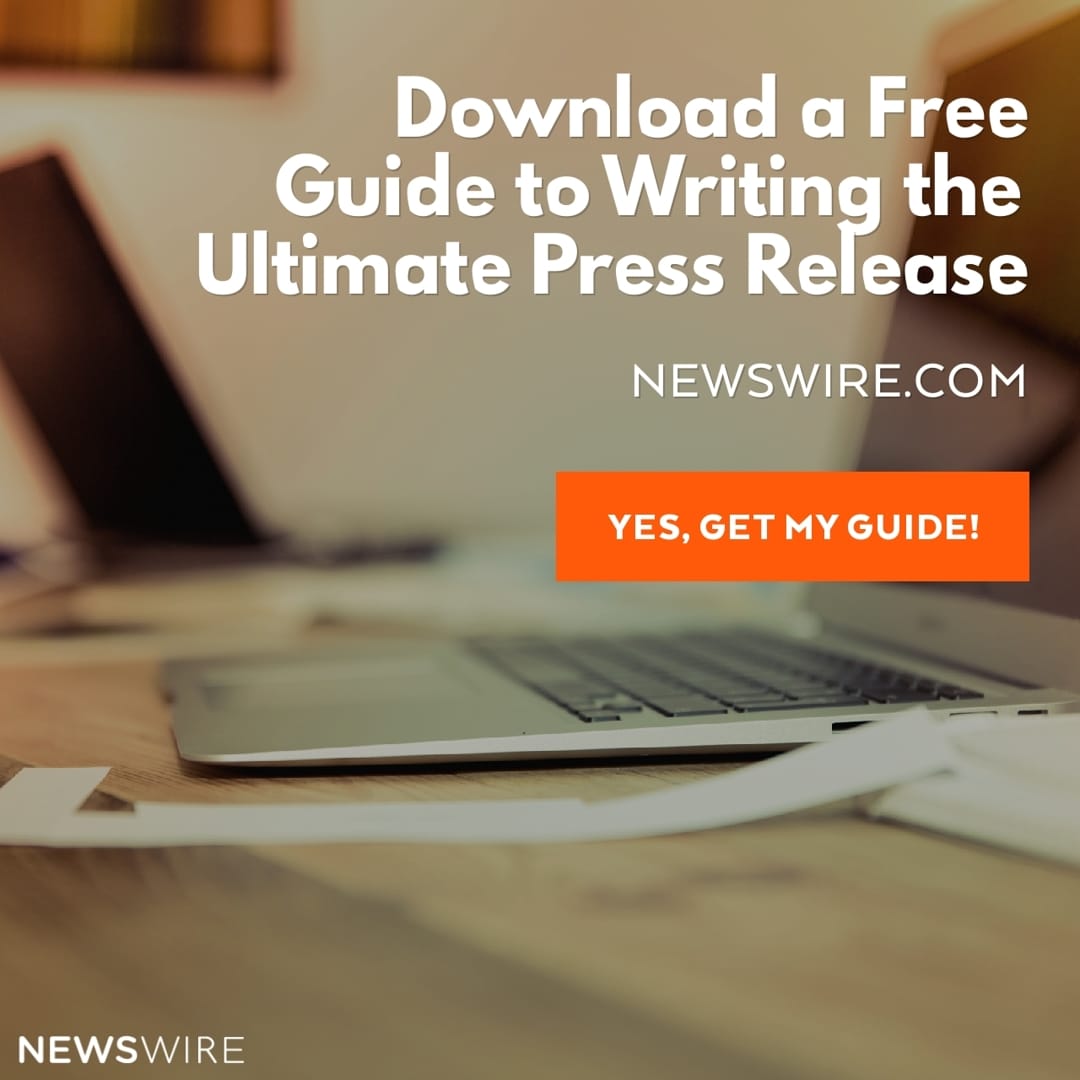
How To Use Images In Your Media Storytelling Strategy
As the old saying goes, a picture is worth a thousand words. A good image is almost essential these days to make your content stand out. In relation to your media storytelling strategy, the images need to be related specifically to the topic of the news release and should create clarity and/or add understanding and a new dimension to the story. Here are the kinds of images that can support your storytelling strategy effectively.
Images
The image/s you choose should support the story. If you are launching a product, for example, you should include images of the item in question. The images should be clear, high-quality and in a number of different sizes. Use images of a moderate size like 300×300 pixels or whatever makes sense so the items are in proportion and not blurry or stretched. You can create the image in other sizes, or add more images to a resources page you can link to and invite readers to visit.
Consider giving images of the item from different directions if it is appropriate. For example, a book cover is fine in a flat 2D format, but a new kitchen tool being launched should be photographed from a number of different angles, and be close-ups.
Infographics
Infographics can summarize the main points of a press release in a highly visual form, or add an all-new dimension to it. As the word suggests, it is information offered in the form of a graphic or image that is designed to be clear, easy to read and interesting visually. You or your designer need to make smart choices about the images included. The font used can also make all the difference between an infographic that is clear and easy to read, and one which will not be of any interest or use because the font is too small or too difficult to read. Layout is also important. Think short, ordered lists of no more than 10 items so the graphic does not get too long. Try to make them letter-paper sized so you can format them as posters/pdfs and use them for other forms of marketing, giving you 2 promotional opportunities for the price of one, so to speak.
Screenshots
Screenshots taken on your computer can be invaluable when trying to sell software. They are also great for illustrating particular points, giving step-by-step instructions, and more. Again, make sure they are clear, to the point, and self-explanatory. If you want to offer a range of illustrations, create a special page at your site and include captions for each screenshot to tell more about it.
Video Thumbnails
If you are creating videos and posting them to YouTube, create a custom thumbnail for each video that is clear, tells what the video is about, and has your URL on the front of it. The default on YouTube will grab screen images randomly and you will often end up with blurry thumbs that are mid-transition between one slide and the next.
A custom thumb, on the other hand, is under your complete control, so it will be the image everyone sees when they are looking through your channel trying to find something interesting to watch. Post the thumbnail and a link to the video to give journalists more meat. Embed your video in your site or blog page using the embedded code. Consider giving a transcript to provide even more useful content to journalists.
If you haven’t been using images in your press releases, it’s time to think more visually and creatively to develop all new collateral materials so your press release will stand out and gain a much greater chance of getting picked up.












